Search results for 'bad'
-

Twisted Lanyard
Some lanyards down through history were quite plain and simple such as a single strand of rope or perhaps a double braided cord worn around the shoulder and under the epaulette and of a single color. Many units were authorized the wear of a lanyard for various reasons and most often at their own expense.
$11.99Out of stock
-
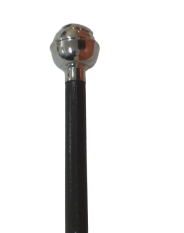
Swagger Stick / Command Stick
British swagger sticks are often topped with a silver cap, bearing regimental insignia. A swagger stick remains an essential part of an officer's equipment. They are available with thistle and ball Fittings, flat and round tips, crested ferrule, Chrome planted, gold planted, leather covered, polish finished with various lengths from 18’’ to 36’’.
$34.99Out of stock
-
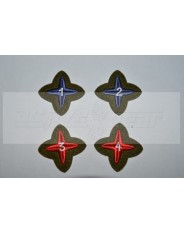
-

Shoulder Sashes
Sashes traditionally form part of formal military attire. The modern British Army retains a scarlet sash for wear in certain orders of dress by sergeants and above serving in infantry regiments, over the right shoulder to the left hip. A similar crimson silk net sash is worn around the waist by officers of the Foot Guards in scarlet full dress and officers of line infantry in dark blue "Number 1" dress. The same practice is followed in some Commonwealth armies.
Shoulder Sash - part of the Ceremonial dress of WOs, Staff Sergeants and Sergeants in Infantry regiments and those Corps with Infantry traditions. Traditionally Crimson for WOs, scarlet for SNCOs, worn over the right shoulder.
Quick Facts
Usage
The shoulder sash is worn during regimental parades or during assigned duties.
Sizes
Colors
Jamaica – red
Trinidad – Red, Blue etc,…….
Barbados – Blue
Saint Lucia - Green, Red
Ranks
Worn by enlisted persons from the rank of Sergeant to Warrant officer Class 2
- Sergeant (Sgt)
- Staff Sergeant (S/Sgt)
- Warrant Officer Class 2 (WO2)
Warrant Officer Class 1s wear a Sam Brown
Regiments
British and commonwealth (previous and current) Forces
Dos and Don’ts
- The shoulder sash is never worn with field wear.
- Never worn in a mess
- Do wear it from Right shoulder to left hip
Did you know
Did you know that the shoulder sash has 88 strands in the tassels? Not sure? Count them; they have 44 on one side and 44 on the next.
$49.99 -
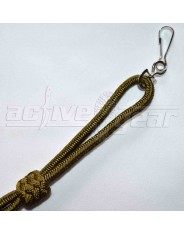
Plain Lanyard
Some lanyards down through history were quite plain and simple such as a single strand of rope or perhaps a double braided cord worn around the shoulder and under the epaulette and of a single color. Many units were authorized the wear of a lanyard for various reasons and most often at their own expense.
$11.99 -

Metal Badge of Rank-Warrant Officer Class II
Metal crowns are either gold or brass finish. They come with a double shank with split pin fitting and brass base plate which protects the wrist band from damage by the crown and gives the crown extra brightness.
$29.99 -
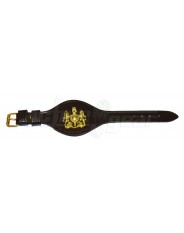
Metal Badge of Rank- Warrant Officer Class I Royal Arms
Regimental sergeants-major, who before the Boer War had worn four chevrons with a crown, were given in 1902 the badge of a single large crown on the lower arm, but adopted a small version of the Royal arms in its place in 1915 when they became warrant officers class I (WOI) as the warrant officer class extended.
$29.99 -
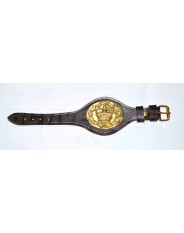
Metal Badge of Rank- Regimental Quartermaster Sergeant
The RQMS is the senior assistant to the Quartermaster of a regiment or battalion and also usually functions as the deputy Regimental Sergeant Major.
$24.99 -
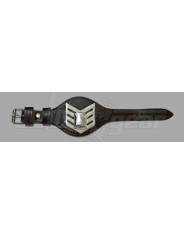
-
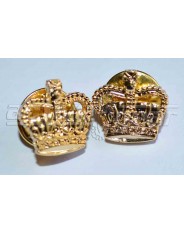
Metal Badge of Rank- Crowns
The first British Army rank insignia were introduced in 1760. Badges for field officers were first introduced in 1810. These badges consisted of (and still consist of) crowns and pips.
$10.79



